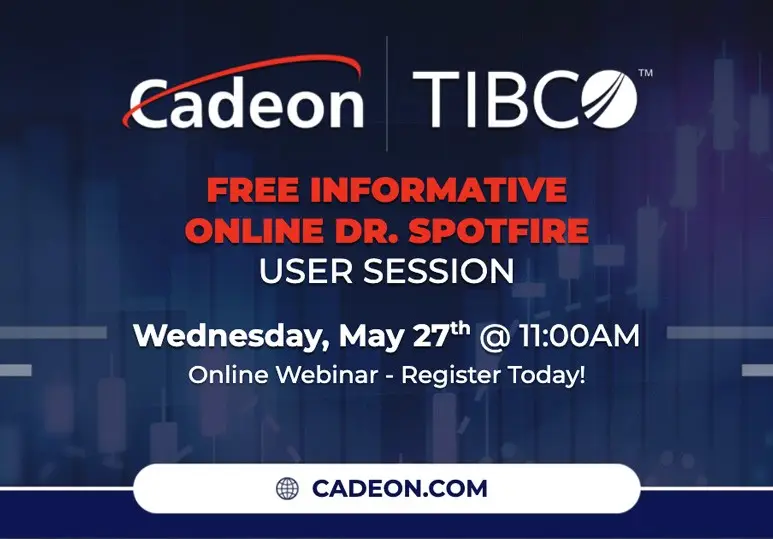Looking at data is a visual representation helps people see data in a way that is easier to understand. The point in looking at and analyzing data is to make better, quicker decisions. Traditionally, most organizations have their employees scanning through dense, hard to interpret spreadsheets that likely isn’t even current data. Visual images are processed substantially faster than raw data and text, so visual analytics can help us move from data to information and possibly insight faster.
Why use analytics?
It has been said that data is the one and true asset of value for any organization. Enterprises seek innovative solutions that help them make informed business decisions in complex situations. Visual analytics is one such method that allows decision makers to gain insight into complex problems. It simplifies data values, makes it easy to understand and provides insights which otherwise would be difficult to understand without deep technical expertise.
Business analytics is important as it helps us plan and influence future outcomes based on previous data patterns. From here, as organizations progress on their data journey, they would get into predictive and advanced analytics, which in turn gives the opportunity to prevent a problem or to fix one much quicker than previously able to do. It can be used across any industry as it helps capture the changes in a business environment in real-time and facilitates top management to take the best-suited business decision.
Organizations need to know what is happening now, what is likely to happen next and what actions should be taken to get the optimal results. Data visualization tools are used to help companies understand operating environments, improve performance and achieve goals: whether those are higher revenues, increased productivity, greater cost-effectiveness, or higher employee engagement or customer loyalty. The visual analytics model has the provision to aggregate, reconcile and clean data from multiple data sources. As ‘one version of truth’ is readily available for businesses, the models facilitate them to respond to rapidly changing demands and take suitable business actions.
Knowing what your goals or objectives are when considering Business analytics tools is important to ensure you have the metrics you want to track, and ultimately the outcomes you want to achieve. Below are 5 key benefits and advantages you will get with analytics:
Top 5 Benefits
- Better Insight – organizations that are in silos can now have a clearer understanding and impact on the business as a whole. It provides a way for everyone in the organization to gain knowledge, understand what is going on and work toward corporate objectives.
- Quicker Decision Making – visual analytics are based on underlying data. Having real-time access to data or even access to data in an analytics tool provides organizations with the ability to make decisions as appropriate without delay.
- Relevant Data – Analytics is only as good as the underlying data is. Beyond that, it helps to filter out erroneous data and enables people across the organization to view and gain insights based on data relevant to their specific goals, targets or objectives.
- Data Quality & Accuracy – ensuring data is accurate and reliable from the data sources and that everyone should have access to the same information is vital. This eliminates misunderstandings supports confidence that decisions are made on current, not outdated, information.
- Increased productivity – 60-80% of employee’s times can be spent searching for the relevant data. Once they do find it, they tend to question the data, whether it is right, accurate or even current. They don’t have full trust in it to make decisions. It takes tremendous time and people resources to manage data – from a collection to storage, security and analysis and reporting. In a visual analytics tool, graphics, charts, and tables are updated without manual intervention.
One last note
The world of data is constantly changing. The tools and solutions you deploy are changing just as quick. Ideas and technologies like Big Data, Machine Learning and IoT are all actual technologies in place today and just at the early stages of impacting our lives. While visual analytics may sound daunting, and it sometimes is, it is without question the best way to accomplish business goals and is a lot more fun than reading rows and columns of data. Just getting started is probably the hardest and biggest step a company needs to do. Trying to go it alone and researching and analyzing solutions and tools on your own can be complex. Choosing a partner and trusted advisor that does this day in and out to help guide you on this journey is my best advice.
Cadeon can help get you there faster. Let us accelerate your data journey with our people and our expertise
Good luck.


